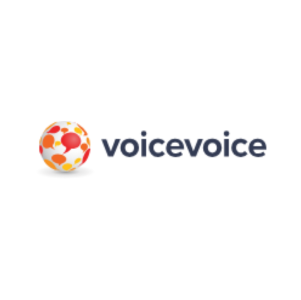Insights
INSIGHTS
All Topics
How to monetise content
03 Aug 2023by Helen Olszowska
We look at the different ways charities could monetise their content
Traditionally content is funded by grants and donations – but what if comms, volunteering, or education-led services could become self-funding?
Using one or a combination of programs and monetisation tools, your charity could begin to monetise content with the same success as The Tank Museum.
Case study: The Tank Museum
The Tank Museum successfully monetised their popular YouTube channel with 340K subscribers, earning nearly £100K in 2020. The museum used Patreon to create a membership, the YouTube Partner programme to benefit from advertising revenue, and introduced print on demand merchandising for extra income.
Nik Wyness, Head of Marketing and Engagement says: “Our experience shows that it is possible to build an engaged online community of content consumers that is prepared to financially support an institution they respect – and this opens up a whole new set of possibilities.”
Could the same possibility to create an additional income stream be right for your charity?
How to sell your content at your charity
If you’re going to sell your content, you’ve got to decide what’s for sale. That means tracking back to your charitable purpose and considering what content should be freely available to your audiences and what could be monetised.
Once you know what you’re selling and to who, start thinking about which programs and tools might work well for the channels your audiences reach you on.
Website
Putting some content behind a paywall is a commonly used model for news organisations. There are a few different options to choose from:
- Metered paywalls where users can read a few pages or articles for free each month before they have to pay
- Dynamic paywalls where users can be offered different packages depending on, for example, where they are based
- Hard paywalls where users must subscribe to access content
- Membership models where all content is free to access, but membership prompts feature on each blog or webpage
Paywall providers include Hype – where the first 500 subscribers are free and Chargebee – which integrates with WordPress.
Subscriber newsletters
Email marketing programmes that offer subscription packages have been touted as the future of writing. Substack is the brand you may have heard most about. The platform works in a similar way to other email marketing software, but it offers creators the option to charge for newsletter subscriptions.
Online learning
The demand for online learning is huge. There were record sign-ups for online courses in 2020 over the lockdown periods and e-learning remains very popular.
If your charity has a role in educating professional or other audiences, providing paid-for e-learning might be an option for monetisation.
Platforms like Thinkific and Kajabi offer no-code online learning sites that you can organise, customise, and brand as your own.
Opt-in monetisation
One way of testing the water with monetisation is to offer options for supporters to make a contribution.
There are platforms specifically designed to help you do this like Patreon. It’s a platform that allows you to charge subscriptions or take one-off payments for your content. It includes tools to help you promote your membership and host your members exclusively.
Some platforms, like Twitter, have inbuilt options for supporters to make contributions. You can switch on the tipping function on your charity’s Twitter profile to start receiving tips from followers or other users checking out what you do.
Another option to generate funds from your content is to create print on demand merchandise. This is a great option for charities that don’t want the overhead costs of a highstreet store or traditional online shop. Services like Printify and Printful allow you to upload designs to standard merchandise items like t-shirts and mugs.
Social media creator programmes
Many social media platforms have creator programs and some of these are also available to business pages. Facebook offer partner monetisation options for pages with:
- Videos published that total 600,000 minutes of video views in the last 60 days
- More than 10,000 page followers
If your charity falls into that category you could be making money from in-stream ads on your videos and may also be invited to offer fan subscriptions.
YouTube is one of the most popular platforms for brands to make money from. Creators earn about 55% of the total revenue generated from their channel and there are options for creating member-only content but changing video visibility.
Subscription and membership packages
Bundling a few different types of content into a subscriber or membership package is a popular way to monetise.
You might choose to include a number of your existing digital channels in the package that you sell to subscribers or members.
Most memberships also incorporate the element of community by adding a Facebook group, WhatsApp group, or online forum for the audience to share experiences and ask for help and support.
Helen Olszowska
More on this topic
Related Content
Recommended Products
Our Events
Charity Digital Academy
Our courses aim, in just three hours, to enhance soft skills and hard skills, boost your knowledge of finance and artificial intelligence, and supercharge your digital capabilities. Check out some of the incredible options by clicking here.
























